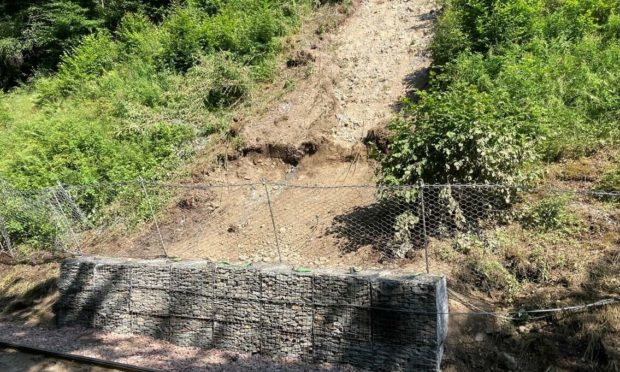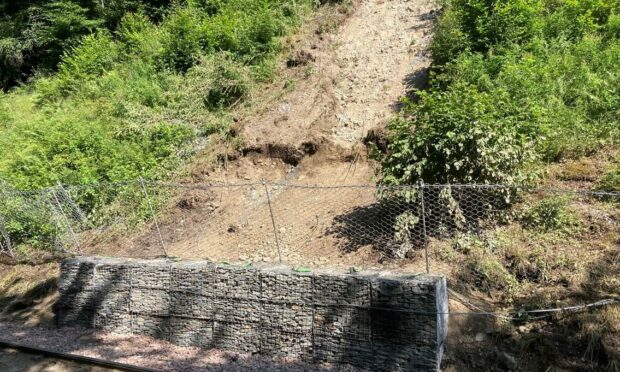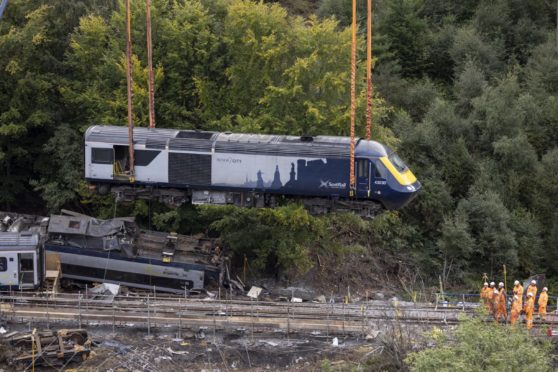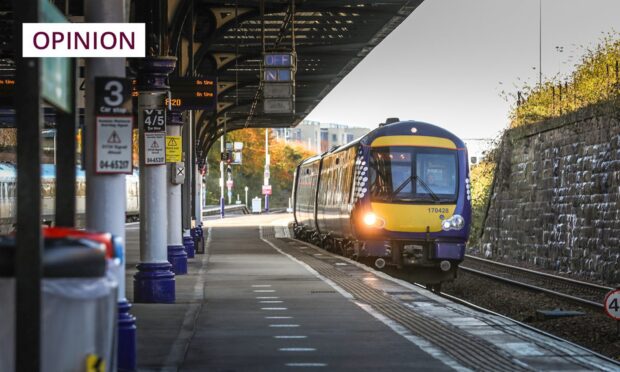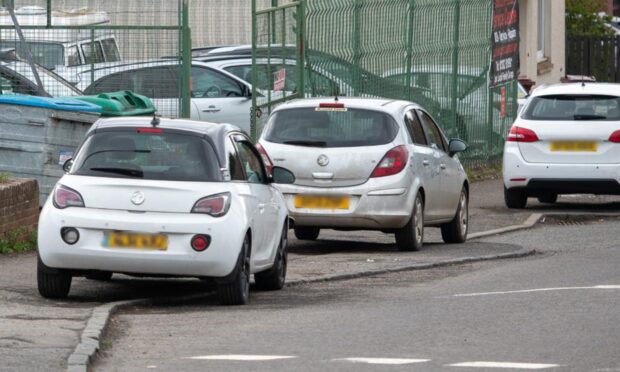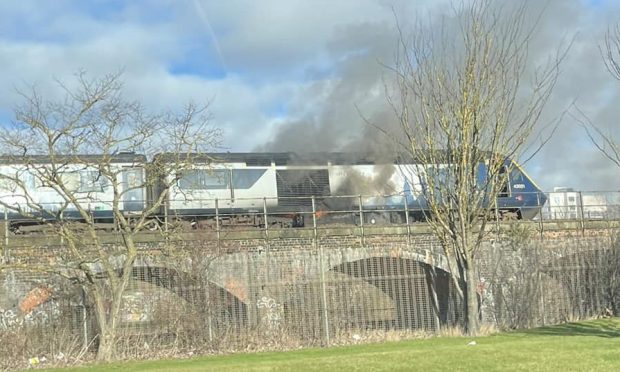Network Rail has completed work to stabilise and protect an embankment at Killiecrankie on the Highland Main Line following a landslip in July.
The line in Perthshire was closed following the July 11 landslip while specialist engineers assessed the damage.
The track was then cleared and re-opened at a restricted speed the next day but work to firm up the adjacent slope continued.
More than 50 tonnes of mud and vegetation had to be removed from the track and the slope after heavy rainfall.
It had caused water to run onto the railway from third-party land, triggering the landslip.
Speed restrictions lifted
With work now completed, the speed restriction has been lifted, allowing services to return to normal on the Highland Mainline between Pitlochry and Blair Atholl.
A spokesman for Network Rail said: “In order to protect the area from further damage, a wall of gabion baskets has been positioned at the bottom of the slope to help stabilise it.
“A tensioned catchfence was installed on the slope prior to the landslip and helped prevent a larger volume of material reaching the track was also repaired and reinstated.
“Erosion netting was also laid to prevent any further washout and encourage vegetation regrowth, binding the top layer of soil together to prevent deterioration on the slope surface.”
He added: “The team are continuing to liaise with stakeholders to ensure that the third-party drainage issue, which caused this landslide, is resolved.”
Intensive programme of work
Thomas Podger, Network Rail’s project manager for the works, said: “We have an extensive programme of proactive works to prevent these types of incidents from occurring, but increasingly, extreme weather events are having a significant impact on our railway.
“When this incident happened, our team responded quickly to initially ensure the safety of the cutting and get the railway cleared and re-opened to minimise disruption for passengers.
“We then followed up with additional works to stabilise and protect the cutting and improve the drainage in the area to reduce the risk from heavy rainfall in the future.”
The spokesman said: “Network Rail is investing heavily in Scotland’s Railway to improve the condition of earthworks and drainage systems.
“Between 2014 and 2019, over £120m was invested in earthworks, drainage and bridge strengthening projects around Scotland. In the five years between 2019 and 2024 a further £149m will be spent.”
He added: “These investments will include over £30m to improve the infrastructure’s resistance to extreme rainfall, £13m targeted at known flood sites and £25m invested in vegetation management programmes.”
Stonehaven rail crash
More than 50 recommendations were made following a fatal rail crash just south of Stonehaven in August year, which was caused by a landslip.
Investigators have said the rain played a “significant role” in washing out stone from land above the tracks that the train later collided with.
It was the first fatal railway accident in the UK caused by a landslip since the 1995 Ais Gill accident in Cumbria.
The recommendations aim to make the UK’s rail network more resilient against the “substantial challenge” of extreme weather and climate change.
